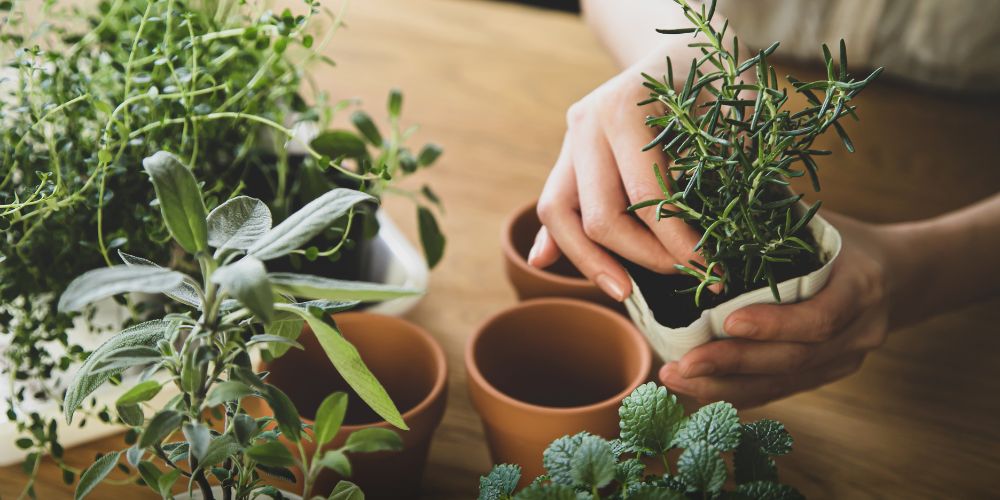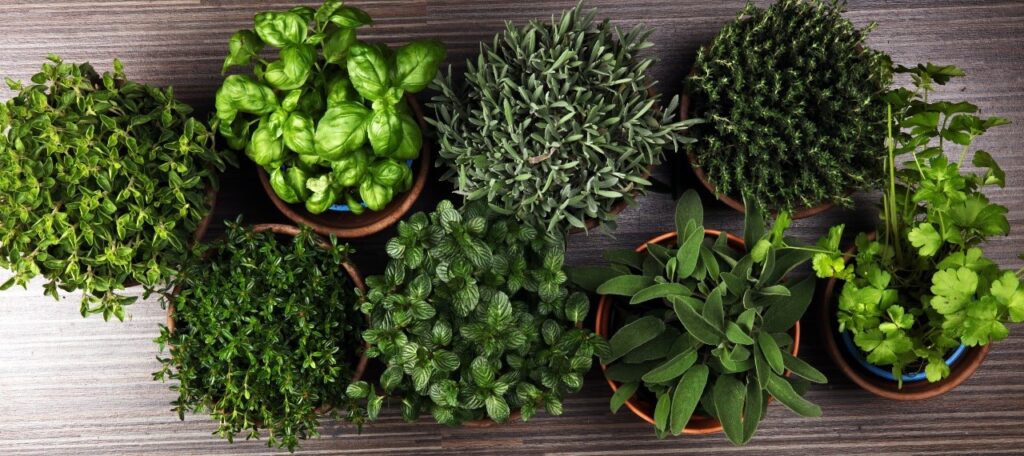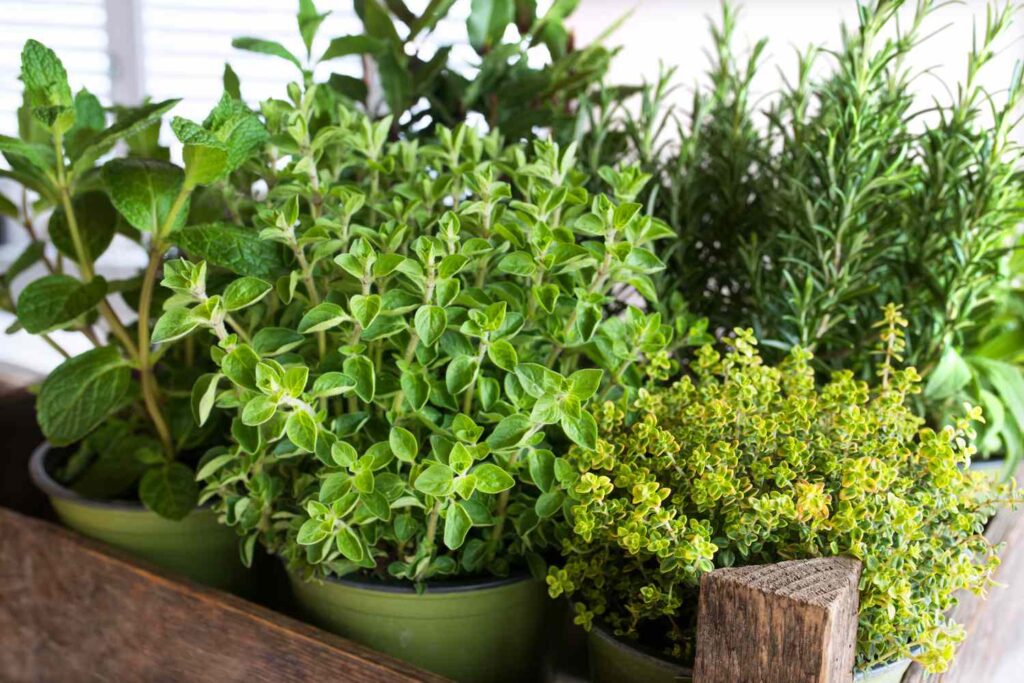Herb gardening is a delightful and rewarding activity that brings fresh flavors, aromatic scents, and medicinal benefits to your kitchen and home. Whether you have a large backyard garden, a small balcony, or a windowsill, growing herbs can be an enriching experience. This article will explore the essentials of herb gardening, offering tips and insights to help you cultivate a thriving herb garden.
The Benefits of Herb Gardening
Herb gardening offers numerous benefits that extend beyond the simple pleasure of growing plants:
- Freshness: Homegrown herbs provide the freshest flavors and aromas, enhancing the taste of your culinary creations.
- Cost-Effective: Growing your own herbs can save money compared to buying fresh herbs from the store, which can be expensive and often have a short shelf life.
- Health Benefits: Many herbs have medicinal properties and can be used to support health and well-being.
- Sustainability: Growing herbs at home reduces the need for packaged products and transportation, contributing to a more sustainable lifestyle.
- Aesthetic Appeal: Herbs add greenery and beauty to any space, whether indoors or outdoors.

Choosing the Right Herbs
When starting an herb garden, it’s important to choose herbs that suit your culinary preferences and growing conditions. Here are some popular herbs that are easy to grow and versatile in use:
- Basil: A favorite in Italian and Mediterranean cuisine, basil is perfect for pesto, salads, and sauces.
- Thyme: With its earthy flavor, thyme is a staple in soups, stews, and roasted dishes.
- Mint: Ideal for teas, desserts, and cocktails, mint is also known for its digestive benefits.
- Rosemary: This aromatic herb pairs well with meats, potatoes, and bread, and has medicinal properties.
- Parsley: Often used as a garnish, parsley adds a fresh, slightly peppery taste to a variety of dishes.
- Cilantro: A key ingredient in many Latin American and Asian dishes, cilantro is known for its distinct, tangy flavor.
- Lavender: Used in both culinary and non-culinary ways, lavender adds a floral note to dishes and is also used in aromatherapy.
Setting Up Your Herb Garden

Herbs can be grown in various environments, from traditional garden beds to pots and containers. Here are some steps to set up your herb garden successfully:
Selecting a Location
Herbs generally require a lot of sunlight to thrive, typically six to eight hours of direct sunlight per day. Choose a location that meets these light requirements, whether it’s an outdoor garden bed, a sunny windowsill, or a balcony.
Soil Preparation
Good soil is essential for healthy herb growth. Most herbs prefer well-drained soil with a neutral to slightly acidic pH. If you’re planting in the ground, prepare the soil by adding compost or well-rotted manure to improve its fertility and structure. For container gardening, use a high-quality potting mix that provides good drainage.
Planting
You can start herbs from seeds or purchase young plants from a nursery. Starting from seeds can be more economical, but it requires more time and patience. When planting seeds, follow the instructions on the seed packet regarding depth and spacing. For young plants, dig a hole slightly larger than the root ball, place the plant in the hole, and fill it with soil, pressing gently around the base.
Caring for Your Herb Garden
Once your herbs are planted, proper care is essential to ensure they thrive. Here are some key aspects of herb garden maintenance:
Watering
Herbs generally prefer to be kept evenly moist, but not waterlogged. Overwatering can lead to root rot, while underwatering can cause herbs to wilt and die. The best approach is to water when the top inch of soil feels dry to the touch. Water early in the day to allow excess moisture to evaporate, reducing the risk of fungal diseases.
Fertilizing
Herbs are not heavy feeders, so they don’t require a lot of fertilizer. Over-fertilizing can lead to excessive foliage growth at the expense of flavor and aroma. Use a balanced, slow-release fertilizer or a diluted liquid fertilizer once a month during the growing season. Organic options such as compost tea or fish emulsion are excellent choices.
Pruning and Harvesting
Regular pruning and harvesting encourage bushier growth and prevent herbs from becoming leggy. For leafy herbs like basil and mint, pinch off the top few inches of growth to promote branching. Harvest herbs in the morning, after the dew has dried but before the heat of the day, for the best flavor. Use sharp scissors or pruning shears to make clean cuts, avoiding damage to the plant.
Dealing with Pests and Diseases

Herbs are generally resilient to pests and diseases, but they can still encounter problems. Here are some common issues and how to address them:
Pests
- Aphids: These tiny insects suck sap from plants, causing leaves to curl and distort. Remove them by spraying plants with a strong stream of water or applying insecticidal soap.
- Spider Mites: These tiny pests can cause yellowing and webbing on leaves. Increase humidity around plants and use insecticidal soap or neem oil to control infestations.
- Caterpillars: These larvae can quickly defoliate plants. Handpick caterpillars or use biological controls such as Bacillus thuringiensis (Bt).
Diseases
- Powdery Mildew: This fungal disease appears as a white powdery coating on leaves. Improve air circulation around plants and avoid overhead watering. Fungicidal sprays can help control severe infections.
- Root Rot: Caused by overwatering and poor drainage, root rot results in yellowing leaves and stunted growth. Ensure good drainage and avoid overwatering to prevent this issue.
Extending the Growing Season
To enjoy fresh herbs year-round, consider extending the growing season with these techniques:
Indoor Herb Gardening
Grow herbs indoors during the colder months using containers placed in a sunny window or under grow lights. Herbs like basil, parsley, and chives adapt well to indoor conditions.
Cold Frames and Greenhouses
A cold frame or greenhouse can protect herbs from frost and extend the growing season. These structures create a microclimate that allows herbs to grow in cooler temperatures.
Preserving Herbs
Preserve the bounty of your herb garden by drying, freezing, or making herb-infused oils and vinegars. Drying herbs like rosemary and thyme is simple; just hang them in a warm, dry place until they are brittle. Freeze tender herbs like basil and mint in ice cube trays with water or olive oil.
Companion Planting with Herbs
Herbs can also benefit other plants in your garden through companion planting. Certain herbs can repel pests, attract beneficial insects, or enhance the growth and flavor of nearby plants. Here are some examples:
- Basil: Plant basil near tomatoes to repel aphids, mites, and mosquitoes, and to improve the flavor of tomatoes.
- Chives: Chives help deter aphids and can be planted near carrots and roses.
- Mint: Mint can repel ants and cabbage moths, but it is best grown in containers to prevent it from spreading aggressively.
- Rosemary: Rosemary deters carrot flies and cabbage moths and can be planted near beans, cabbage, and carrots.
Conclusion
Herb gardening is a rewarding and versatile activity that can be enjoyed by gardeners of all skill levels. By choosing the right herbs, providing proper care, and using sustainable gardening practices, you can cultivate a thriving herb garden that enhances your culinary creations, supports your health, and adds beauty to your home. Whether you have a spacious garden or a small windowsill, there is always room for a few pots of fresh herbs. Embrace the joy of herb gardening and enjoy the countless benefits of growing your own fresh flavors and aromas.
